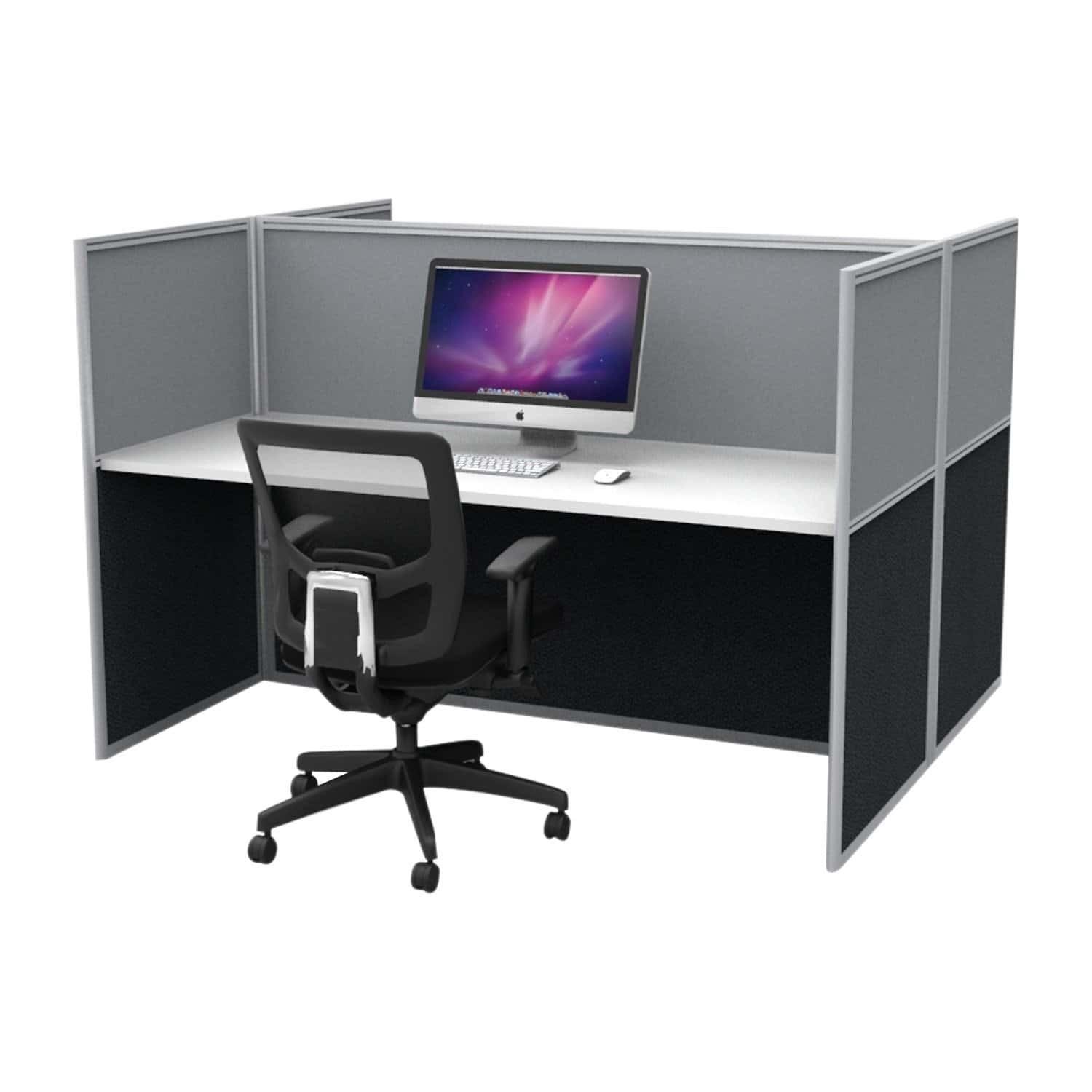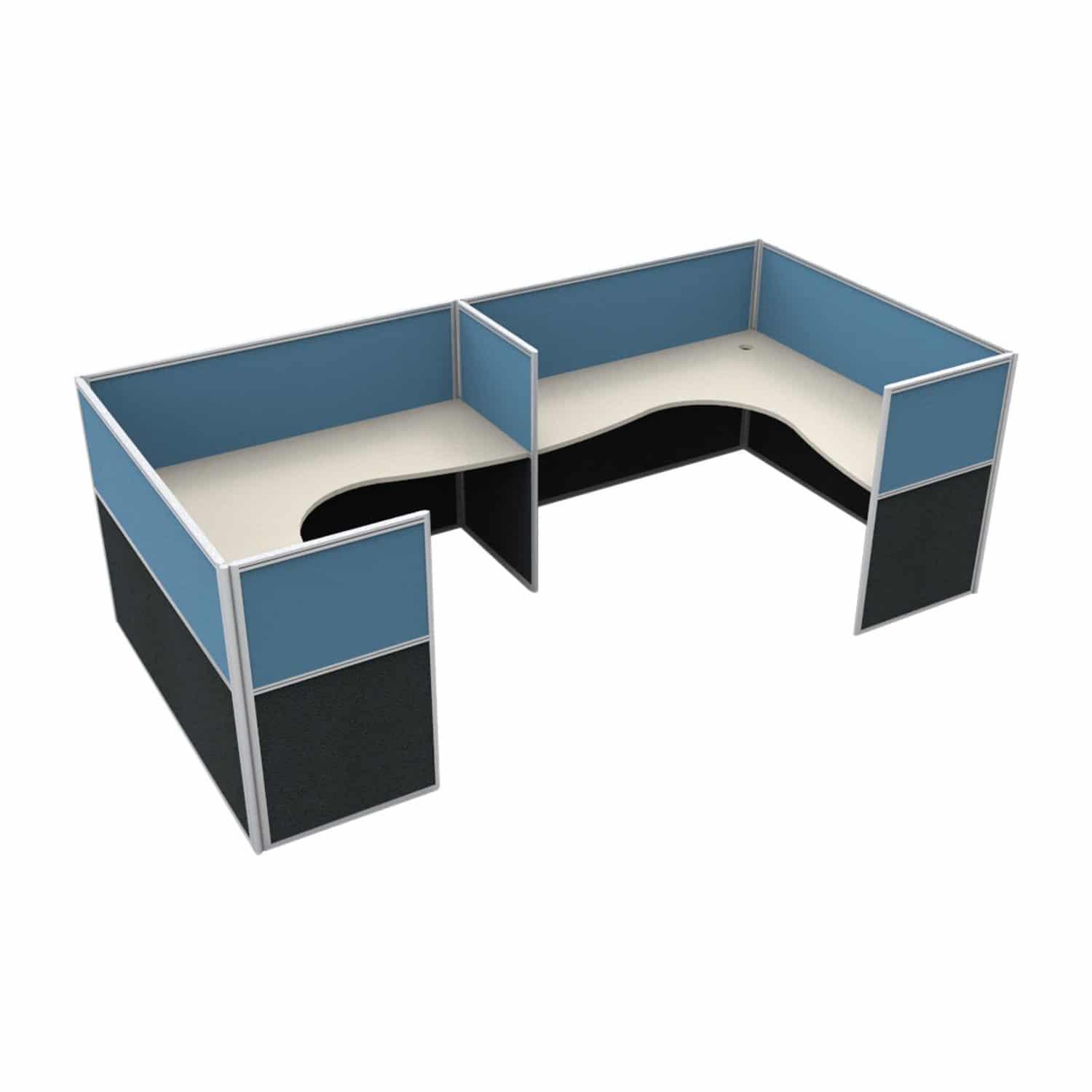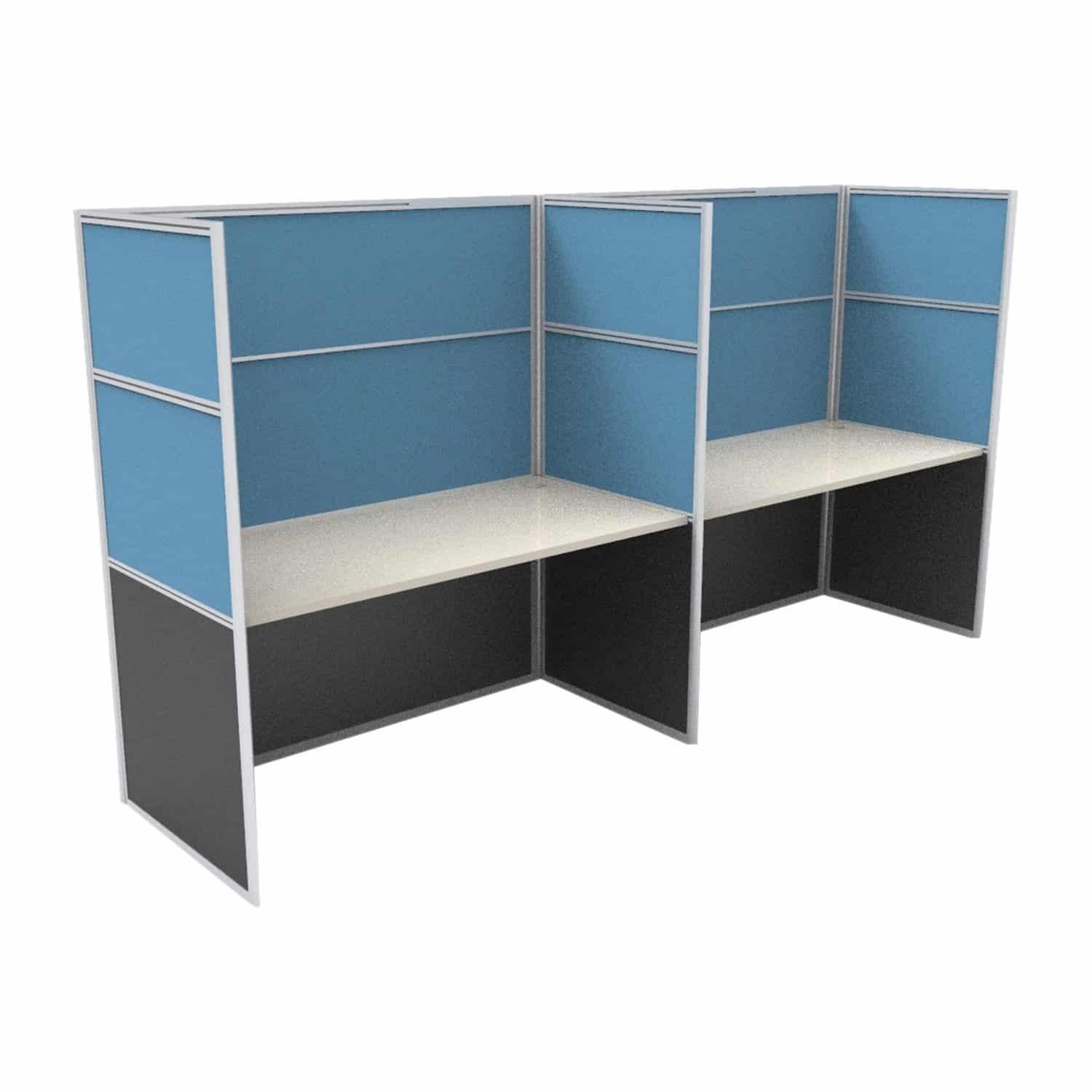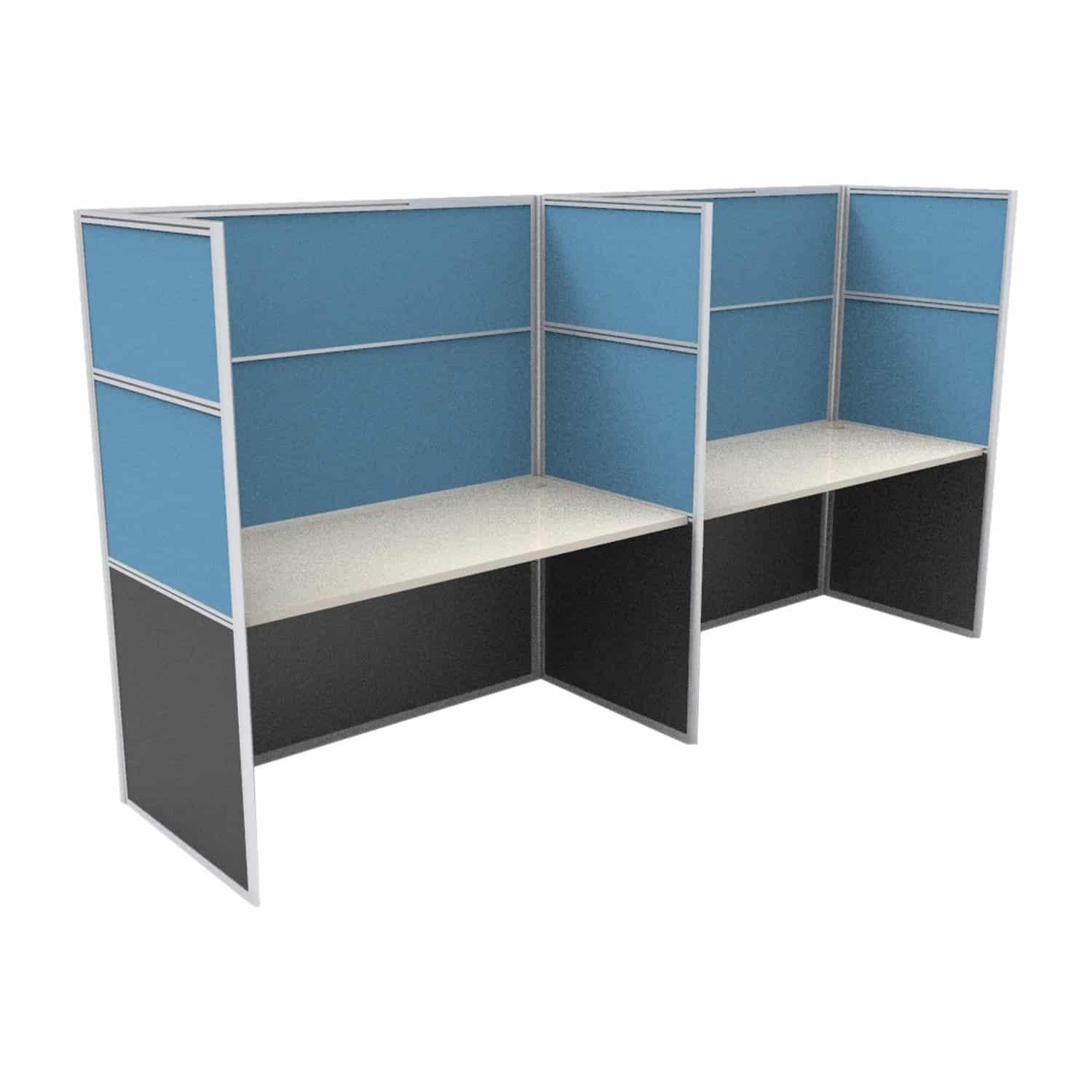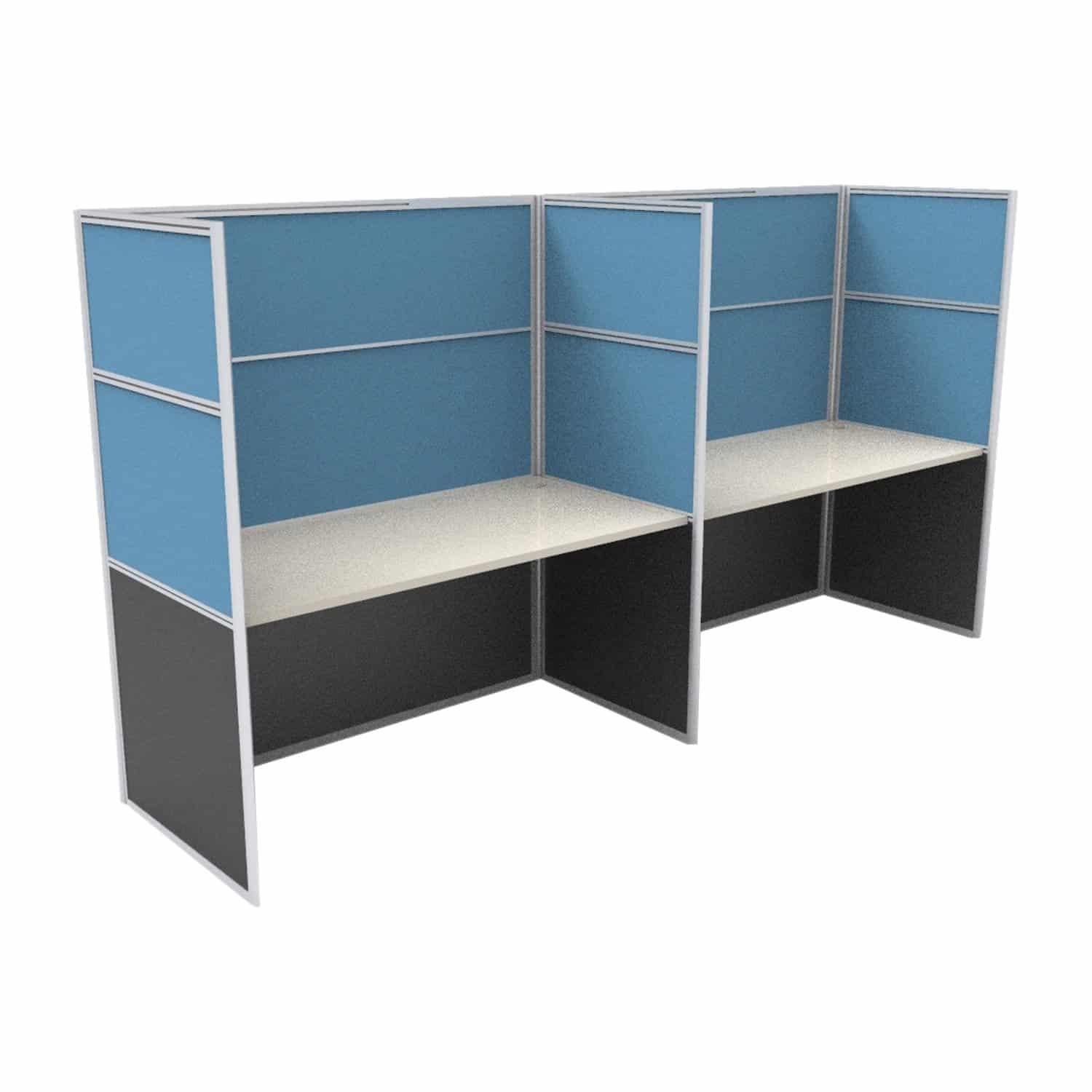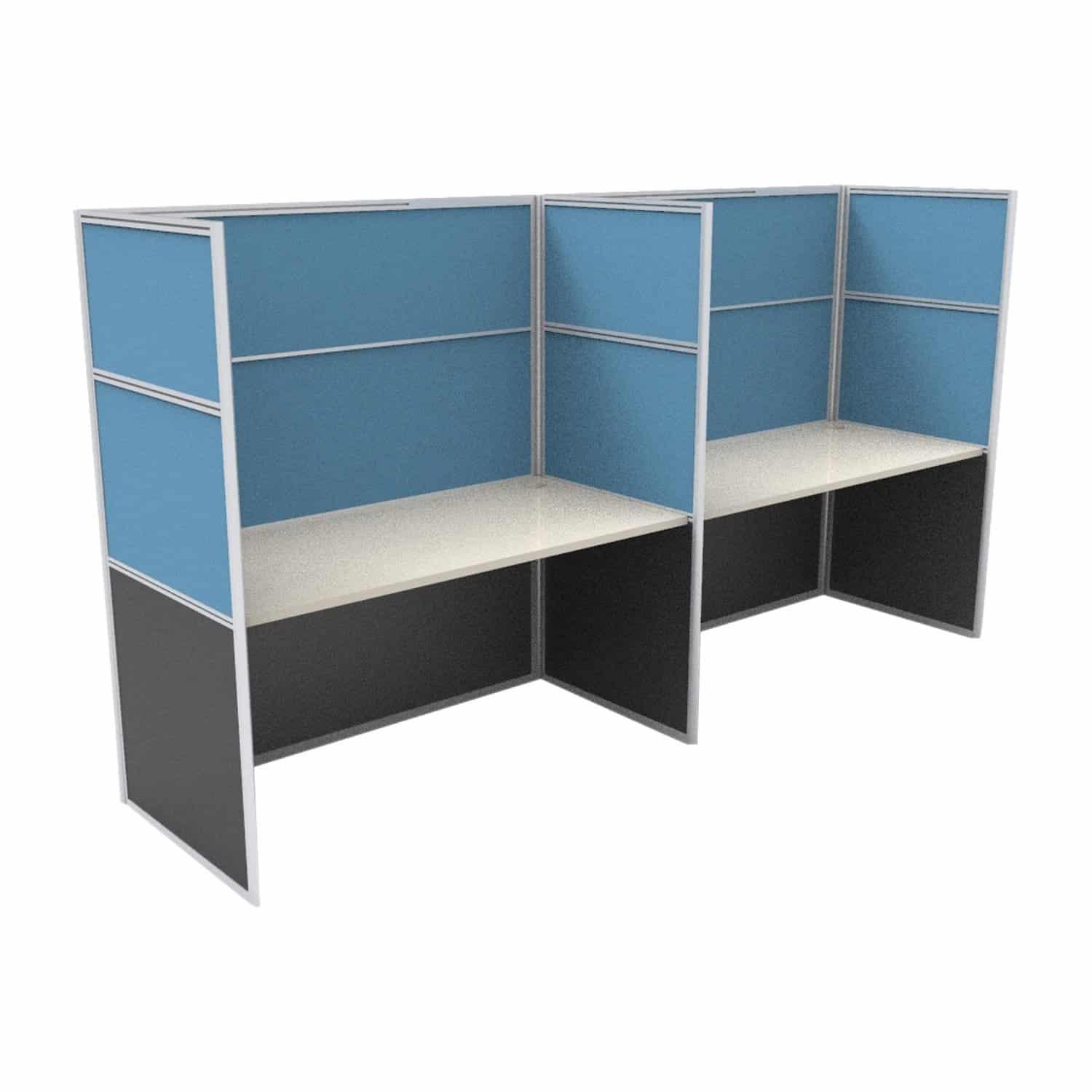In today's interconnected world, the lifecycle management of Heating, Ventilation, and Air Conditioning (HVAC) systems has evolved to incorporate Information Technology (IT) practices. IT Lifecycle Management for HVAC encompasses the strategic planning, acquisition, deployment, maintenance, and retirement of HVAC technology assets. By adopting a structured approach to IT Lifecycle Management, organizations can maximize the efficiency, reliability, and longevity of their HVAC systems. Let's delve into the key aspects of IT Lifecycle Management in the context of HVAC.
Understanding IT Lifecycle Management for HVAC
1. Strategic Planning: IT Lifecycle Management begins with strategic planning, where organizations assess their HVAC needs, define performance objectives, and develop a roadmap for technology acquisition and deployment. This phase involves considering factors such as system scalability, interoperability, energy efficiency, and regulatory compliance.
2. Acquisition and Deployment: During the acquisition phase, organizations procure HVAC systems and associated IT infrastructure components. This includes selecting vendors, negotiating contracts, and deploying hardware, software, and networking resources. IT Lifecycle Management ensures that HVAC technologies are seamlessly integrated into existing IT ecosystems and align with organizational goals.
3. Configuration and Optimization: Once deployed, HVAC systems undergo configuration and optimization to maximize performance and energy efficiency. IT Lifecycle Management involves fine-tuning system parameters, conducting performance testing, and implementing software updates to ensure optimal operation under varying conditions.
4. Monitoring and Maintenance: Continuous monitoring and maintenance are essential components of IT Lifecycle Management for HVAC. This phase involves real-time monitoring of system performance, proactive identification of issues, and timely maintenance and repairs to prevent downtime and ensure uninterrupted operation.
5. Security and Compliance: IT Lifecycle Management incorporates robust cybersecurity measures to protect HVAC systems from cyber threats and ensure compliance with data privacy regulations. This includes implementing firewalls, encryption, access controls, and regular security audits to safeguard sensitive HVAC data and infrastructure.
6. End-of-Life Planning: As HVAC systems reach the end of their lifecycle, organizations develop end-of-life plans for decommissioning and replacing outdated equipment. This involves assessing the condition of assets, evaluating upgrade options, and responsibly disposing of retired hardware while minimizing environmental impact.
Benefits of IT Lifecycle Management for HVAC
1. Optimized Performance: IT Lifecycle Management ensures that HVAC systems operate at peak performance levels through proactive monitoring, maintenance, and optimization, resulting in improved energy efficiency and occupant comfort.
2. Cost Savings: By systematically managing the lifecycle of HVAC technology assets, organizations can reduce maintenance costs, minimize downtime, and extend equipment lifespan, resulting in significant cost savings over time.
3. Enhanced Reliability: IT Lifecycle Management enhances the reliability and resilience of HVAC systems by identifying and addressing potential issues before they escalate into critical failures, thereby ensuring uninterrupted operation and business continuity.
4. Compliance and Risk Mitigation: By implementing security controls and compliance measures throughout the lifecycle of HVAC systems, organizations mitigate cybersecurity risks and maintain compliance with regulatory requirements, protecting sensitive data and avoiding costly penalties.
Case Study: IT Lifecycle Management in Commercial HVAC
A commercial real estate firm implemented IT Lifecycle Management practices for its HVAC systems across multiple properties. By centralizing monitoring and maintenance tasks, the firm improved operational efficiency, reduced energy consumption, and extended equipment lifespan. Predictive maintenance techniques helped identify potential issues early, preventing costly breakdowns and tenant complaints.
Conclusion
IT Lifecycle Management has become indispensable for optimizing the performance, reliability, and sustainability of HVAC systems in today's digital age. By adopting a structured approach to lifecycle management, organizations can maximize the value of their HVAC technology investments, minimize risks, and ensure seamless operation throughout the entire lifecycle of HVAC assets. Embracing IT Lifecycle Management for HVAC is not just a best practice but a strategic imperative for organizations seeking to stay competitive and resilient in an increasingly interconnected world.
www.viiego.com/it-cost-optimization
In today's interconnected world, the lifecycle management of Heating, Ventilation, and Air Conditioning (HVAC) systems has evolved to incorporate Information Technology (IT) practices. IT Lifecycle Management for HVAC encompasses the strategic planning, acquisition, deployment, maintenance, and retirement of HVAC technology assets. By adopting a structured approach to IT Lifecycle Management, organizations can maximize the efficiency, reliability, and longevity of their HVAC systems. Let's delve into the key aspects of IT Lifecycle Management in the context of HVAC.
Understanding IT Lifecycle Management for HVAC
1. Strategic Planning: IT Lifecycle Management begins with strategic planning, where organizations assess their HVAC needs, define performance objectives, and develop a roadmap for technology acquisition and deployment. This phase involves considering factors such as system scalability, interoperability, energy efficiency, and regulatory compliance.
2. Acquisition and Deployment: During the acquisition phase, organizations procure HVAC systems and associated IT infrastructure components. This includes selecting vendors, negotiating contracts, and deploying hardware, software, and networking resources. IT Lifecycle Management ensures that HVAC technologies are seamlessly integrated into existing IT ecosystems and align with organizational goals.
3. Configuration and Optimization: Once deployed, HVAC systems undergo configuration and optimization to maximize performance and energy efficiency. IT Lifecycle Management involves fine-tuning system parameters, conducting performance testing, and implementing software updates to ensure optimal operation under varying conditions.
4. Monitoring and Maintenance: Continuous monitoring and maintenance are essential components of IT Lifecycle Management for HVAC. This phase involves real-time monitoring of system performance, proactive identification of issues, and timely maintenance and repairs to prevent downtime and ensure uninterrupted operation.
5. Security and Compliance: IT Lifecycle Management incorporates robust cybersecurity measures to protect HVAC systems from cyber threats and ensure compliance with data privacy regulations. This includes implementing firewalls, encryption, access controls, and regular security audits to safeguard sensitive HVAC data and infrastructure.
6. End-of-Life Planning: As HVAC systems reach the end of their lifecycle, organizations develop end-of-life plans for decommissioning and replacing outdated equipment. This involves assessing the condition of assets, evaluating upgrade options, and responsibly disposing of retired hardware while minimizing environmental impact.
Benefits of IT Lifecycle Management for HVAC
1. Optimized Performance: IT Lifecycle Management ensures that HVAC systems operate at peak performance levels through proactive monitoring, maintenance, and optimization, resulting in improved energy efficiency and occupant comfort.
2. Cost Savings: By systematically managing the lifecycle of HVAC technology assets, organizations can reduce maintenance costs, minimize downtime, and extend equipment lifespan, resulting in significant cost savings over time.
3. Enhanced Reliability: IT Lifecycle Management enhances the reliability and resilience of HVAC systems by identifying and addressing potential issues before they escalate into critical failures, thereby ensuring uninterrupted operation and business continuity.
4. Compliance and Risk Mitigation: By implementing security controls and compliance measures throughout the lifecycle of HVAC systems, organizations mitigate cybersecurity risks and maintain compliance with regulatory requirements, protecting sensitive data and avoiding costly penalties.
Case Study: IT Lifecycle Management in Commercial HVAC
A commercial real estate firm implemented IT Lifecycle Management practices for its HVAC systems across multiple properties. By centralizing monitoring and maintenance tasks, the firm improved operational efficiency, reduced energy consumption, and extended equipment lifespan. Predictive maintenance techniques helped identify potential issues early, preventing costly breakdowns and tenant complaints.
Conclusion
IT Lifecycle Management has become indispensable for optimizing the performance, reliability, and sustainability of HVAC systems in today's digital age. By adopting a structured approach to lifecycle management, organizations can maximize the value of their HVAC technology investments, minimize risks, and ensure seamless operation throughout the entire lifecycle of HVAC assets. Embracing IT Lifecycle Management for HVAC is not just a best practice but a strategic imperative for organizations seeking to stay competitive and resilient in an increasingly interconnected world.
www.viiego.com/it-cost-optimization

